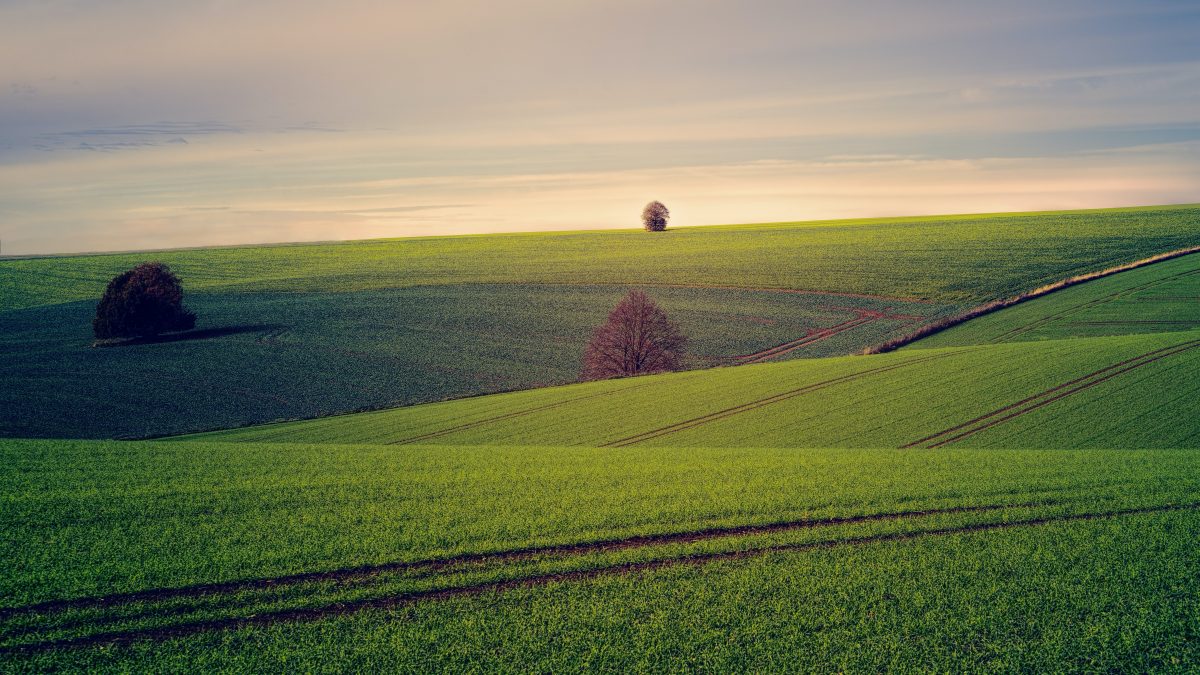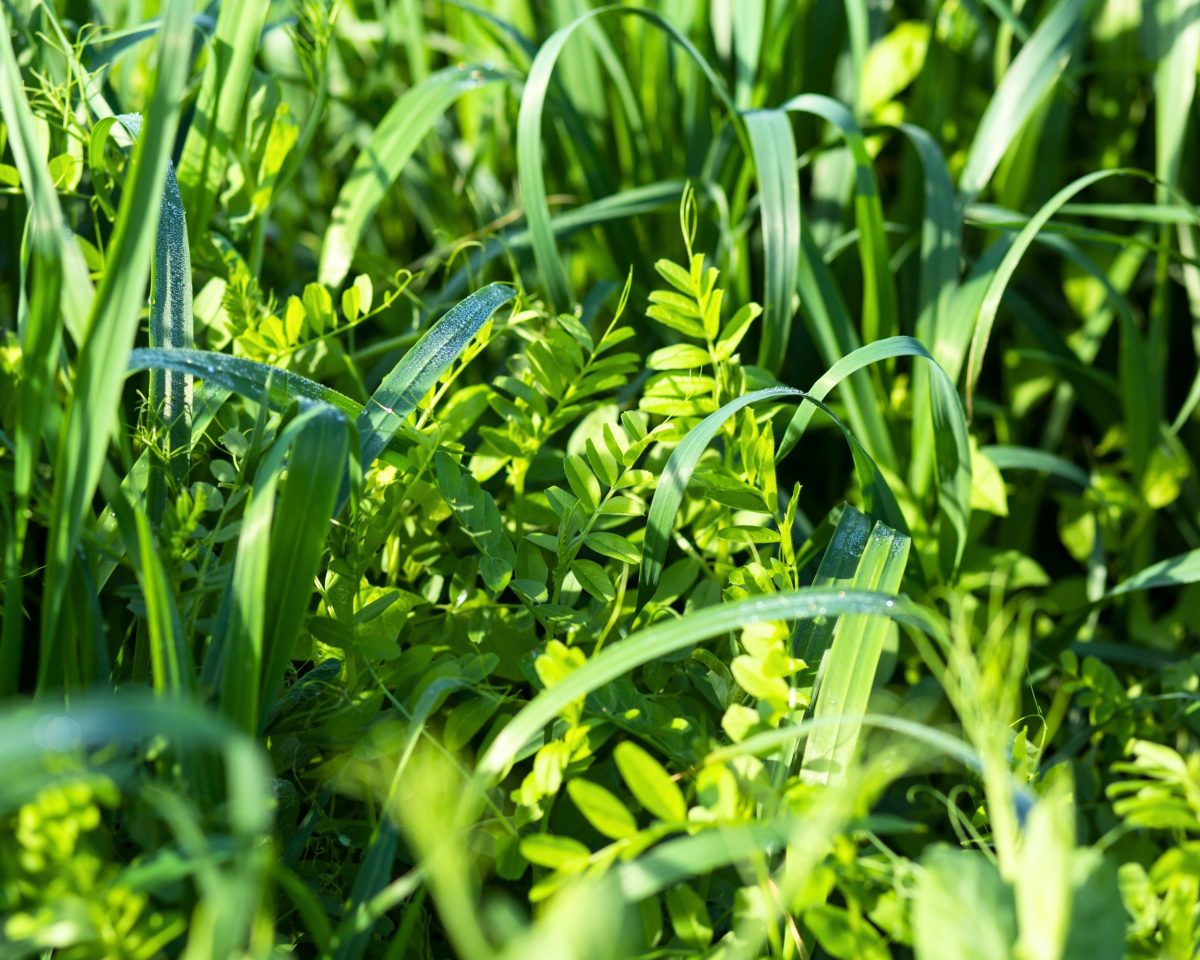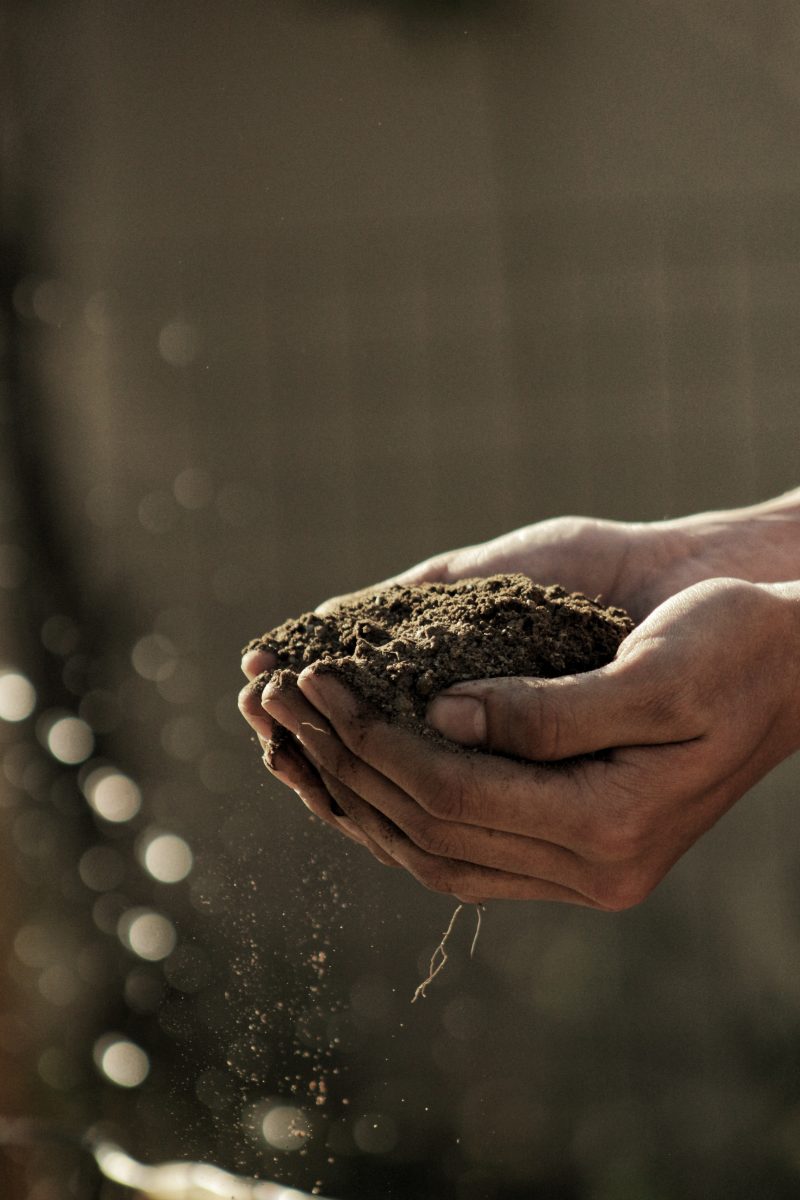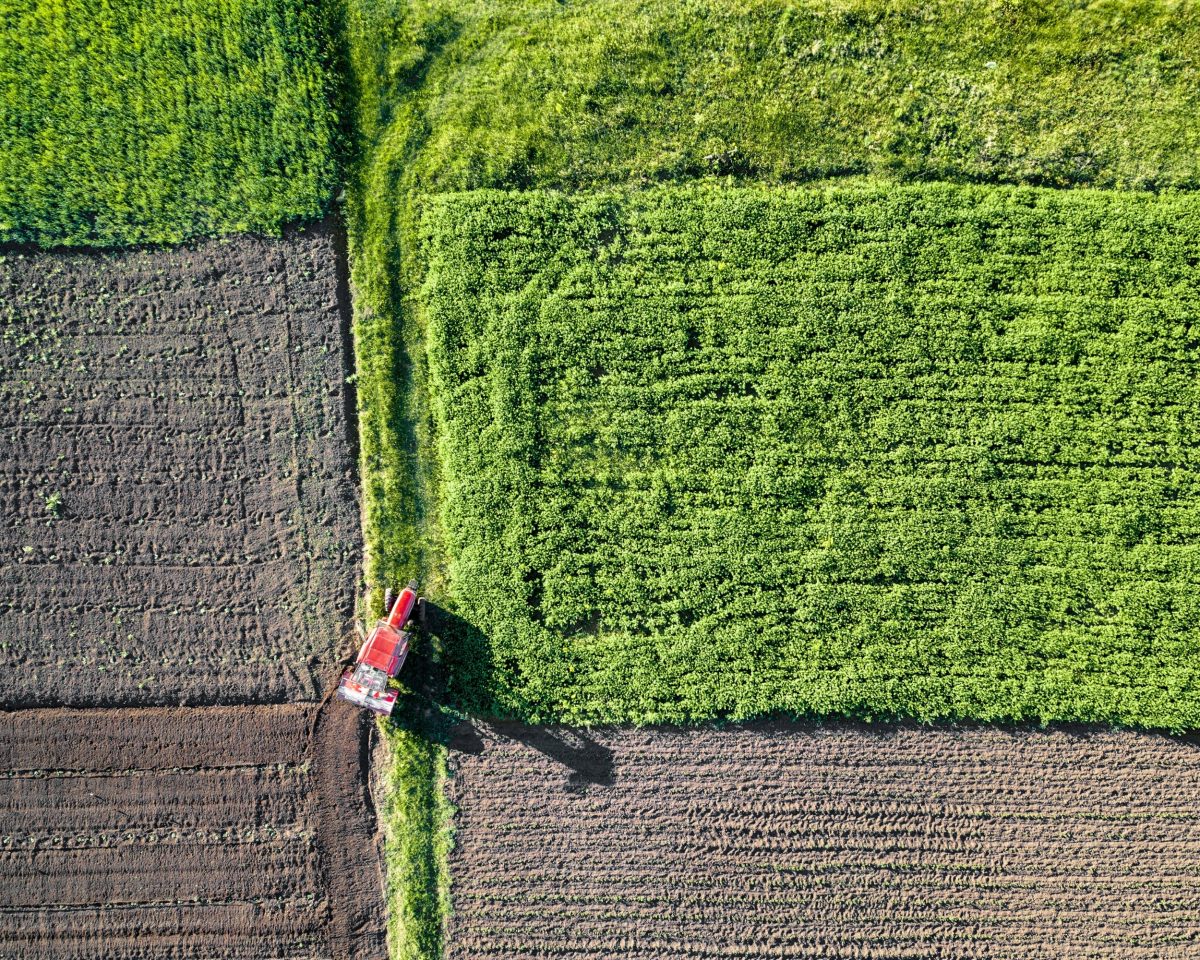Cover crops in agriculture

Cover crops in agriculture are an agro-ecological strategy that brings a number of advantages in terms of crop technology and soil fertility management.
Cover crops are any plants that are grown in the period between the time when a crop is harvested and the time when the next crop is planted. This practice is beneficial in crop rotation. Organic farming, and the No-Till system (a technology that does not till the soil).
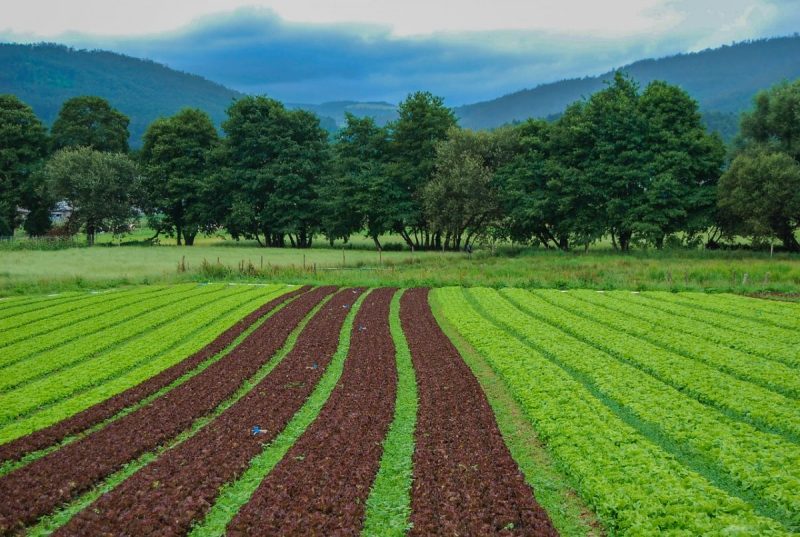
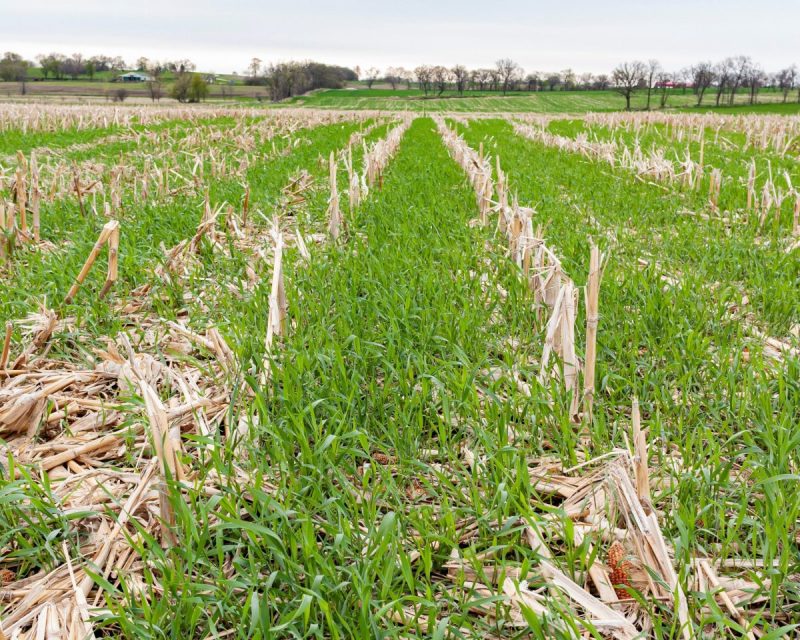
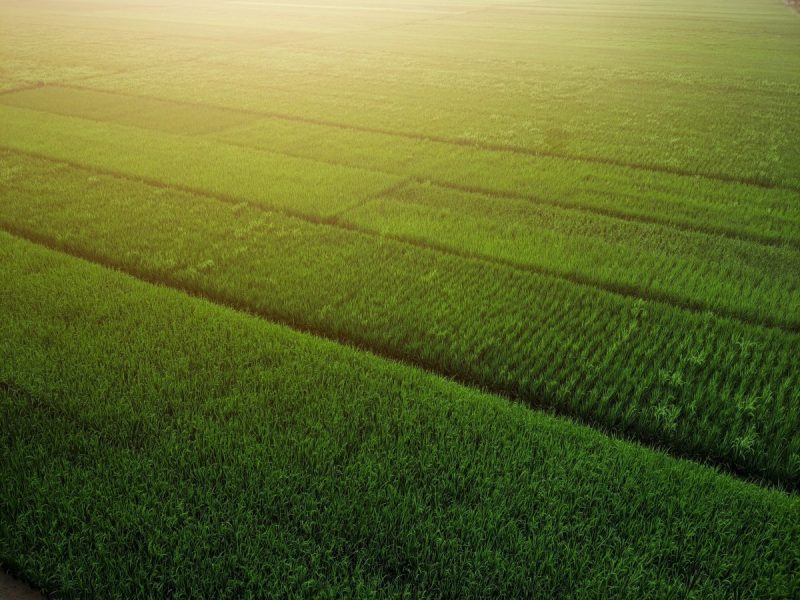
The main advantages of using cover crops in agriculture
- Improved soil health: Cover crops help to improve soil structure, aeration, and drainage. They also help to add organic matter to the soil, which can improve nutrient retention and water infiltration. This can help to reduce the risk of soil erosion, compaction, and nutrient leaching.
- Reduced erosion: Cover crops help to protect the soil from erosion by wind and water. This is because they help to cover the soil surface. Which helps to prevent it from being dislodged by wind and water.
- Suppressed weeds: Cover crops can help to suppress the growth of weeds by competing for sunlight, water, and nutrients. This can help to reduce the need for herbicides and other weed control methods.
- Reduced nutrient loss: Cover crops can help to reduce nutrient loss from the soil by capturing nutrients. This can help to improve soil fertility and reduce the need for fertilizers.
- Attracts beneficial insects: Cover crops can attract beneficial insects, such as pollinators and predators. This can help to reduce the need for pesticides.
- Reduced production costs: Cover crops can help to reduce production costs by reducing the need for herbicides, pesticides, and fertilizers. This can lead to increased profits for farmers.
- Improved food quality: Cover crops can help to improve food quality by reducing the amount of chemical residues in the soil. This can lead to healthier foods for consumers.
- Reduced environmental impact: Cover crops can help to reduce the environmental impact of agriculture by reducing greenhouse gas emissions and water pollution.
- Increased nutrient content of animal feed: Cover crops can add valuable nutrients to animal feed. This can improve the overall nutritional value of the feed and the health of the animals.
Choosing the Cover crops in agriculture
Choosing a cover crop involves identifying the main objectives that led to its introduction into the crop technology.
The objectives of using cover crops can be: improving soil fertility, reducing soil erosion, controlling weeds or pests, conserving soil moisture, etc. For example, cereals (wheat, oats, etc.) produce a large volume of biomass and enrich the soil with a significant amount of carbon. Legumes (red clover, soybeans, etc.) produce biomass, improve the activity of beneficial microorganisms in the soil, and are considered the safest way to increase the yield of the main crop. In addition, plants of the Brassicaceae family (rapeseed, mustard, radish, etc.) attract beneficial insects, inhibit the appearance of nematodes in the soil and soil diseases. Therefore, these plants can be cultivated when soil pests represent a major factor that limits the yield of the main crop.
It is crucial that the species chosen for the ground cover both suit the pedoclimatic characteristics of the area and the needs of the farmer.
Tipuri de culturi de acoperire
There are four main types of cover crops: grasses, legumes, brassicas, and non-legume broadleaves. Each type has its own unique benefits and drawbacks.
Grasses
- Benefits: Grasses are fast-growing and can produce a lot of biomass. They are also good at suppressing weeds.
- Drawbacks: Grasses can be difficult to manage, as they can become overgrown and choke out subsequent crops. They can also be more susceptible to pests and diseases than other cover crop types.
Legumes
- Benefits: Legumes fix atmospheric nitrogen, which can be used by subsequent crops. They are also good at suppressing weeds and improving soil health.
- Drawbacks: Legumes do not produce as much biomass as grasses. They may also take longer to establish than other cover crop types.
Brassicas
- Benefits: Brassicas are good at breaking down compacted soil and improving soil structure. They can also suppress weeds and protect the soil from erosion.
- Drawbacks: Brassicas can be bitter and may not be suitable for grazing. They can also be more difficult to manage than other cover crop types.
Non-legume broadleaves
- Benefits: Non-legume broadleaves are a good choice for areas with poor soil fertility. They can also provide a source of pollen and nectar for pollinators.
- Drawbacks: Non-legume broadleaves may not be as effective as other cover crop types at suppressing weeds or improving soil health. They may also be more susceptible to pests and diseases.
Cover crops – species mixtures
When selecting cover crop species for a mixture, it is important to consider the following factors:
- Season of growth: Select species that are well-suited to the climate and growing season of the area.
- Soil type: Select species that are adapted to the specific soil type.
- Weed control needs: Select species that are effective at suppressing the weeds that are problematic in the area.
- Nitrogen fixation needs: If nitrogen fixation is desired, include legumes in the mixture.
- Pollinator attraction: If pollinator attraction is a goal, include species that are known to attract beneficial insects.
Single plant species often lack the comprehensive range of benefits offered by mixtures of plant species, making the use of diverse plant combinations increasingly attractive.
To maximize the benefits of cover crops, a diverse mix of species should be chosen. Cereals, with their high carbon content, enhance soil structure and nutrient retention. Legumes, renowned for nitrogen fixation, enrich the soil with this essential nutrient. Certain species, such as buckwheat, sunflower, and clover, attract pollinators, promoting crop pollination and overall ecosystem health. Brassicaceae species, including radish and rapeseed, effectively break down compacted soil and reduce erosion. By carefully balancing these diverse species, farmers can optimize the benefits of cover crops for the soil and the subsequent cash crop.
While cover crop mixtures offer a range of benefits, it’s crucial to consider potential drawbacks, such as the nitrogen immobilization that can occur with cereal cover crops like rye, limiting nitrogen availability for subsequent crops. Strategically blending different cover crop species with contrasting C:N ratios can effectively manage this trade-off between nitrogen retention and release.
Cover crop mixtures can be specifically tailored to the needs of the farmer and the specific conditions of the land. Common mixtures include legume and cereal combinations, such as millet and rye, red clover and oats, or yellow sweet clover, red clover, and a whole grain. Other mixtures may include cruciferous and straw cereal pairings or clover-based blends.
Mixtures can include 2 to 8 plant species, depending on soil and climatic conditions.
Conducting small-scale trials is crucial before implementing cover crop mixtures on a large scale. This allows for evaluating the performance of individual species and formulating customized mixtures tailored to specific site conditions and desired outcomes.
Cover crop planting
Careful planning is essential for effective cover crop cultivation, considering the specific purpose of the cover crop, its compatibility with the main crop, the duration of the growing season, and the prevailing climatic conditions.
Cover crops can be integrated into cropping systems in three main ways:
- Concurrent cropping: Cover crops can be planted alongside the main crop, providing soil cover and benefits throughout the growing season.
- Post-harvest cover cropping: Once the main crop has been harvested, cover crops can be planted to suppress weeds, improve soil health, and protect from erosion before the next crop is planted.
- Intercropping: Cover crops can be intercropped with the main crop, creating a more diverse and sustainable system that can provide multiple benefits simultaneously.
Sustained cover cropping throughout the growing season is a strategy for building soil organic matter by cultivating high-biomass species. This approach is commonly employed on vegetable farms and offers numerous benefits to nutrient-deficient, eroded soils.
Post-harvest cultivation, a prevalent practice, encompasses two sowing seasons: summer and autumn.
After harvest of cereal crops, you can sow summer cover crops. These crops can include clover, beans, peas, sorghum, soya, radish, and mustard.
After the main crop is harvested (typically from September to October), autumn sowing can be initiated to introduce a variety of plants, including cereals like oats or rye, corn, mustard, clover, and others. This process can be conducted directly into the existing plant debris (myrtle), or after carefully preparing the seedbed.
Intercropping during the vegetative growth phase of a main crop, particularly maize or soybean, offers a strategic approach for regions with limited growing seasons. This technique allows farmers to establish cover crops despite the restricted time frame, ensuring that some species can mature and fulfill their intended purposes.
Duration of cover crop
The duration of the growing season significantly impacts the amount of biomass produced by the cover crop. Longer growing seasons lead to increased biomass production. Therefore, it is beneficial to combine non-germinating cover crop species (buckwheat, oats, sorghum, turnips) with germinating species (rye, vetch, red clover, ryegrass) to ensure consistent soil coverage throughout the year, including autumn and spring.
Removing the cover crop
Cover crops should be harvested when they have reached their peak productivity, typically when they have developed abundant foliage and are approaching flowering.
Crops can be removed by:
- mechanical methods (grinding, cutting or embedding);
- chemical methods (herbiciding);
- natural methods, such as plant death in winter.
Cover crops planted in the summer or fall will die back naturally in the winter, making them easier to manage in the spring. The main crop can then be planted directly into the cover crop residue or after the residue is removed.
Conclusion
Cover crops play a pivotal role in sustainable agriculture, contributing to both economic and ecological outcomes through their direct and indirect benefits.
Cover crops and cover crop mixtures play a crucial role in enhancing soil health, boosting biodiversity, and promoting crop yield while minimizing the ecological impact of agricultural practices.















































































































































































































































































































































































































































